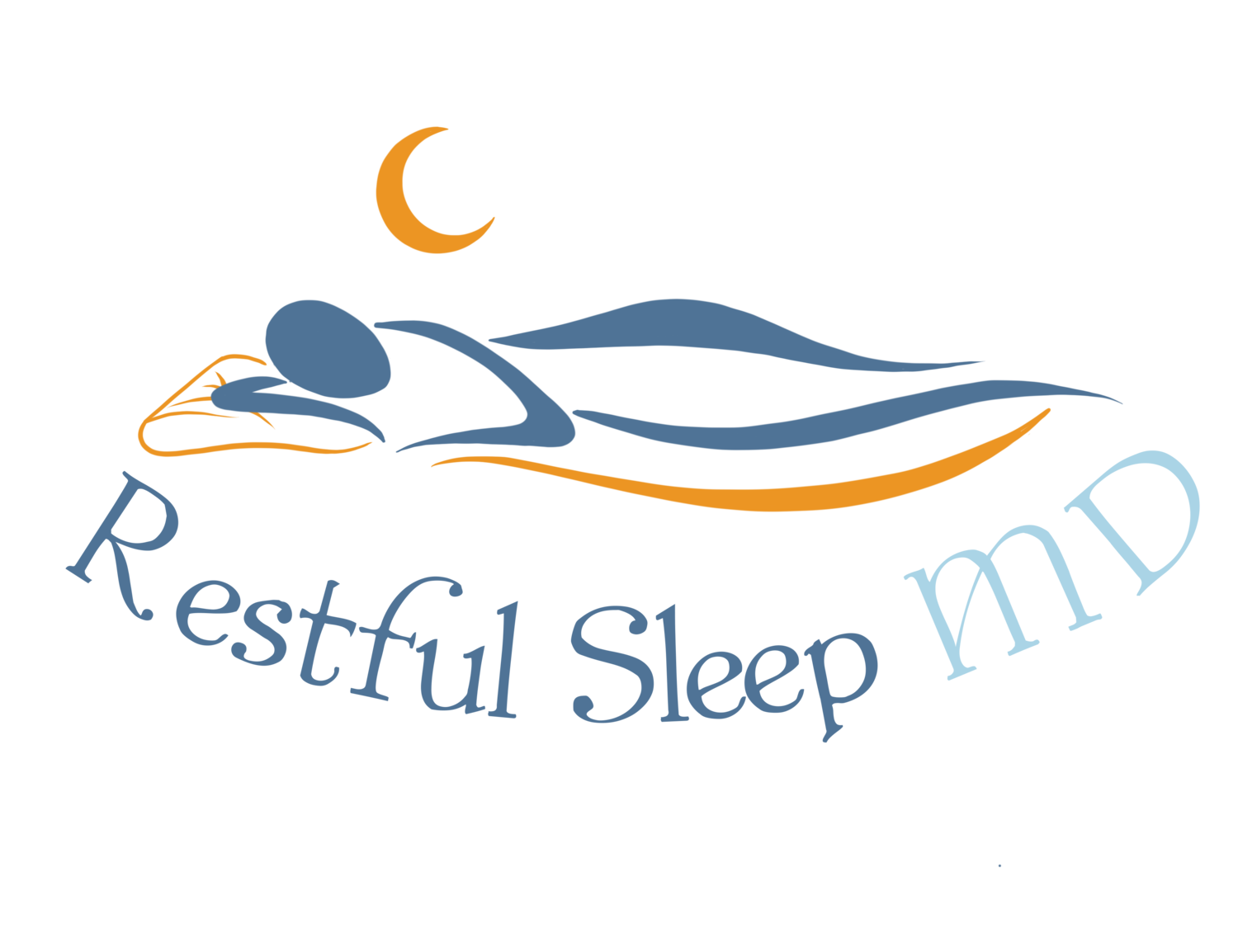October is SIDS Awareness Month – Promoting Safe Sleep Practices
Each October, we come together to recognize SIDS Awareness Month and emphasize the importance of safe sleep practices. Sudden Infant Death Syndrome (SIDS) is the sudden and unexplained death of a healthy infant, often occurring during sleep. While the exact cause of SIDS remains unknown, research shows that adopting safe sleep practices can significantly reduce the risk. This blog will dive into what SIDS is, dispel myths, and provide actionable strategies to create a safer sleep environment.
What is SIDS?
SIDS is sometimes referred to as "crib death" because it often occurs when an infant is sleeping. It is one of the leading causes of death in infants under one year old. While the specific cause remains elusive, experts suggest that SIDS may result from a combination of factors, including:
Sleep position: Infants sleeping on their stomach or side may have restricted airways.
Sleep environment: Soft bedding or toys in the crib can increase suffocation risk.
Brain abnormalities: Some infants may have brainstem issues affecting breathing regulation.
Raising awareness of these factors and implementing safe sleep practices can save lives.
Dispelling Common Myths about SIDS
Myth: SIDS only affects unhealthy babies.
Fact: SIDS can occur in healthy infants with no prior medical conditions.
Myth: It’s safe for infants to sleep on their stomach if they prefer it.
Fact: Babies should always sleep on their backs to reduce the risk of SIDS.
Myth: Baby monitors and gadgets prevent SIDS.
Fact: While monitors offer peace of mind, they don’t replace safe sleep practices.
Educating caregivers about these myths can empower them to make better decisions for their child's safety.
Safe Sleep Practices: A Parent’s Guide
Back to Sleep
Place your baby on their back for every sleep, including naps. This position helps keep their airways open and reduces the risk of suffocation.
Firm Mattress and Minimal Bedding
Use a firm crib mattress with a fitted sheet. Avoid pillows, stuffed animals, and bumpers, as they pose suffocation hazards.
Room-Sharing without Bed-Sharing
Keep your baby’s crib or bassinet in your room for the first six months to a year. Room-sharing decreases the risk of SIDS, but bed-sharing can increase the risk of suffocation.
Temperature Control
Dress your baby in light layers and keep the room at a comfortable temperature. Avoid overheating, as it is a known risk factor for SIDS.
Avoid Exposure to Smoke and Alcohol
Babies exposed to secondhand smoke or born to mothers who drank alcohol during pregnancy are at a higher risk of SIDS.
Offer a Pacifier at Sleep Time
Using a pacifier during naps and bedtime has been associated with a lower risk of SIDS. If breastfeeding, introduce a pacifier after breastfeeding is well-established.
At The Restful Sleep Place, we are committed to providing families with the knowledge and tools they need to ensure their little ones sleep safely. We invite you to schedule a consultation for personalized sleep advice tailored to your family’s needs.
Learn More with 'Beyond Tired'
Looking for even more practical strategies to support your child’s sleep? My book, Beyond Tired: A Sleep Physician's Guide to Solving Your Child’s Sleep Problems for Good, is available on Amazon. It provides actionable advice on addressing sleep issues in children and fostering healthier sleep routines. Let’s help every child sleep safely and soundly!



